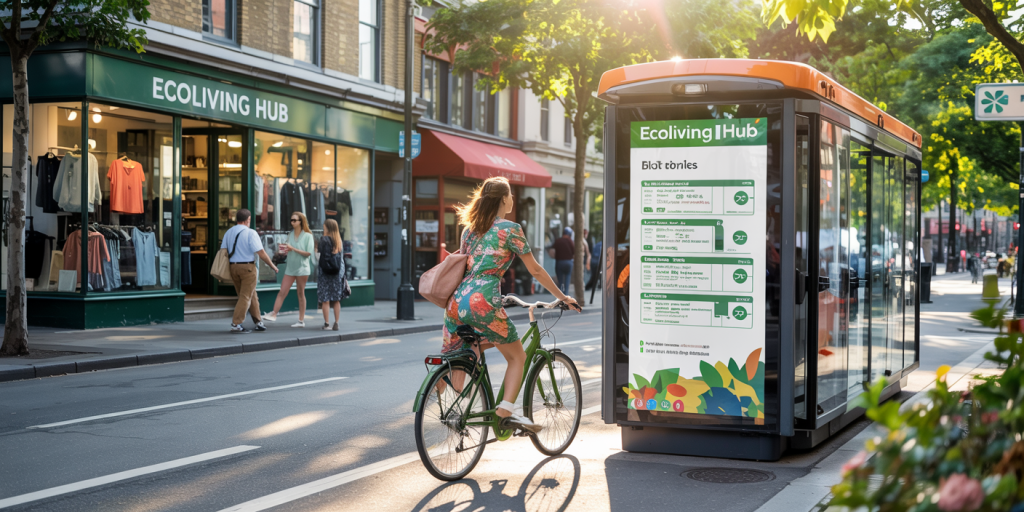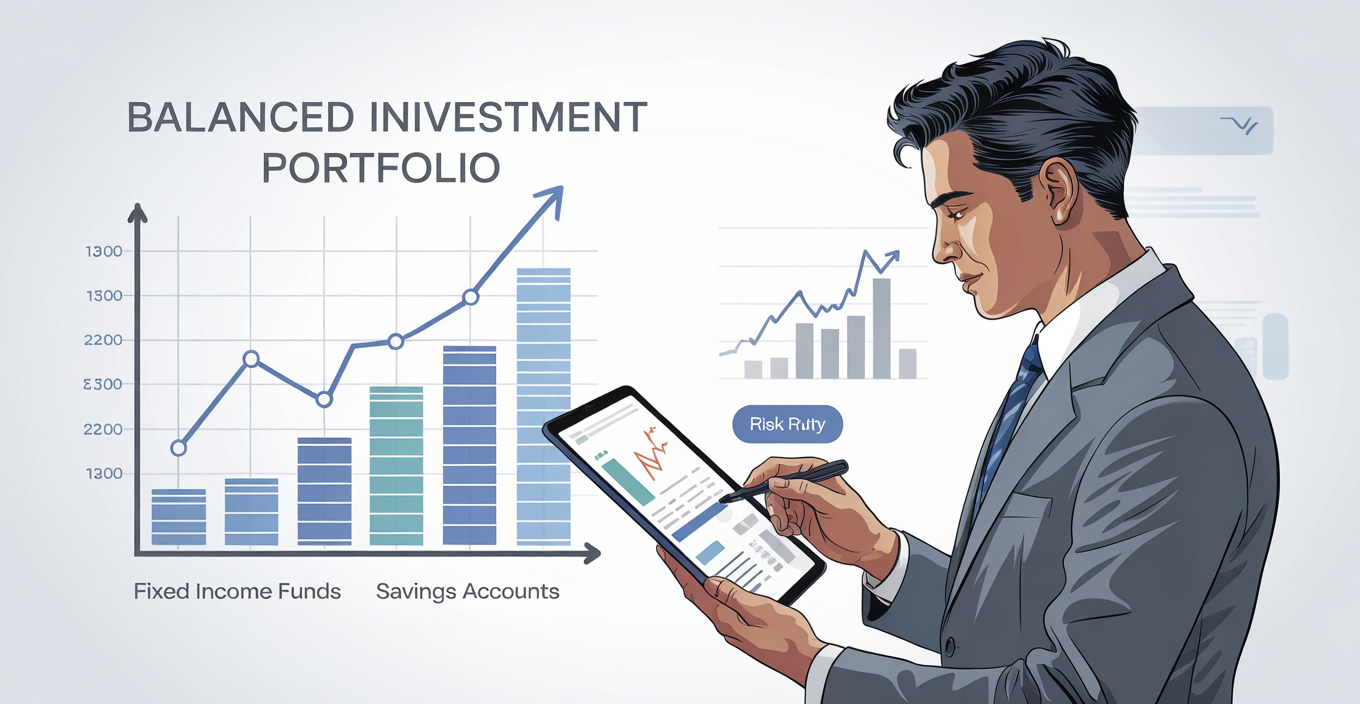Financial Minimalism: How to Live Better with Less Money
In today’s consumer-driven world, economic pressures coupled with rising living costs are pushing many to rethink their spending habits. Financial minimalism offers a practical philosophy to enhance life quality by focusing on essentials, reducing unnecessary expenses, and directing resources towards what truly matters. Rather than advocating austerity, financial minimalism encourages streamlined consumption tailored to individual values, aiming for more freedom, less stress, and improved financial health.

According to a 2022 study by the National Endowment for Financial Education, 60% of Americans reported feeling overwhelmed by financial obligations, with mounting debt and erratic spending cited as major contributors. This rising anxiety underscores the need for approaches such as financial minimalism that promote deliberate, mindful money management. By mastering this approach, individuals can reduce financial clutter, avoid impulse purchases, and build savings that empower long-term security.
—
Understanding Financial Minimalism: Principles and Mindset
At its core, financial minimalism is about spending intentionally. This means aligning your expenses with core priorities and cutting out superfluous costs that do not add lasting value. Unlike simple budgeting, which focuses on tracking expenses, financial minimalism integrates mindset changes, encouraging users to question every purchase through purpose and utility.
For example, a minimalist might evaluate whether a new gadget genuinely enhances productivity or simply serves as a fleeting distraction. This conscious scrutiny reduces the risk of “buyer’s remorse” and promotes contentment with fewer material goods. Financial minimalist ethos also advocates for simplifying finances by consolidating accounts, automating savings, and reducing financial commitments that drain resources and mental energy.
The case of Sarah, a New York-based graphic designer, illustrates this approach vividly. After adopting financial minimalism, Sarah eliminated multiple subscription services she barely used, switched to a pay-as-you-go phone plan, and sold several unused items online. This transition freed up $400 monthly, which she redirected to a travel fund—aligning spending with her personal goals rather than societal expectations.
—
Practical Steps to Embrace Financial Minimalism
Adopting financial minimalism begins with detailed self-assessment and restructuring. Start by tracking all your expenses over a month, categorizing them by necessity and enjoyment. Tools like Mint or YNAB (You Need a Budget) can help with accurate tracking and insights into spending patterns.
Next, apply the “50/30/20” rule as a baseline for allocation: 50% to needs, 30% to wants, and 20% to savings and debt repayment. Financial minimalists tend to tighten “wants” further by distinguishing essential desires from fleeting whims. For instance, upgrading a coffee routine with an espresso machine might be justifiable for coffee enthusiasts, whereas frequent café visits could be replaced with home-brewed alternatives to cut costs without sacrificing satisfaction.
In addition to immediate spending decisions, financial minimalism calls for periodic decluttering of both possessions and financial commitments. For example, review monthly subscriptions every quarter and eliminate those that are underused. Annual audits of insurance policies and utility providers can also reveal opportunities to save substantial sums annually by switching plans or negotiating better rates.
Here is a comparative table illustrating potential monthly savings from downsizing common expenses:
| Expense Category | Average Spending (USD) | Minimalist Approach (USD) | Monthly Savings (USD) |
|---|---|---|---|
| Streaming Subscriptions | $50 | $15 (essential one plan) | $35 |
| Mobile Phone Plan | $70 | $30 (pay-as-you-go) | $40 |
| Dining Out | $150 | $60 (home cooking focus) | $90 |
| Transportation | $200 | $120 (bike/public transit) | $80 |
| Total Monthly Savings | $245 |
Implementing these changes incrementally can translate into significant yearly savings—nearly $3,000 in this example—without a drastic lifestyle downgrade.

—
Real-Life Impact: Stories of Financial Minimalists
Real-world experiences reinforce the transformative nature of financial minimalism. Take John and Lisa, a married couple from Austin, Texas, who accumulated over $30,000 in credit card debt by their late 30s. Frustrated by interest payments, they adopted minimalist principles, focusing on debt repayment and expense reduction through radical lifestyle simplification.
They moved from a large suburban house to a smaller, energy-efficient apartment, cut unnecessary cable subscriptions, and committed to cooking all meals at home. Within two years, they paid off their debts entirely and increased savings, reporting improved mental well-being due to reduced money stress.
In another case, small business owner Tara from Seattle reduced overhead by eliminating redundant software licenses and shifting to remote work, saving over $1,500 monthly. Reinvesting these savings into employee development and sustainability initiatives, her business not only thrived financially but also gained community goodwill.
—
Psychological Benefits and Enhanced Quality of Life
Financial minimalism transcends mere numbers; it significantly benefits psychological well-being. According to the American Psychological Association, financial stress is among the top contributors to anxiety and depression. By achieving clarity and control over finances, minimalists often experience reduced stress and improved satisfaction.
Living with less financial clutter fosters intentionality, reducing decision fatigue related to financial choices. Minimalists report feeling liberated from the “keeping up with the Joneses” mindset, replacing material competition with personal growth and meaningful experiences.
Moreover, there is growing evidence linking reduced consumption with higher life satisfaction. A 2021 survey by the Minimalist Living Institute found that 72% of participants practicing financial minimalism felt happier and more in control of their lives than those adhering to traditional consumption patterns.
—
Environmental Impact of Financial Minimalism
Beyond personal finance, minimalism carries important ecological benefits. Excessive production and consumption are leading contributors to environmental degradation, resource depletion, and carbon emissions. Reducing unnecessary spending encourages sustainable living choices such as buying second-hand, repairing instead of replacing, and minimizing waste.

For instance, shifting from frequent fast fashion purchases to investing in durable clothing reduces landfill waste and manufacture-related emissions. Data from the Environmental Protection Agency (EPA) reveals that textiles comprise roughly 5% of landfill volume in the United States, highlighting the impact of more conscious shopping.
Furthermore, less reliance on cars and more on biking or public transport, as embraced by many financial minimalists, contributes directly to lowering individual carbon footprints. These lifestyle changes align financial minimalism with broader goals of sustainability and responsible consumption.
—
Future Perspectives: The Growing Movement and Technological Support
Financial minimalism is part of a broader cultural shift toward simplicity and sustainability, gaining momentum amid economic uncertainty and increasing environmental awareness. As more individuals prioritize financial health and purpose-driven spending, the movement is likely to expand, influencing markets and product design toward quality and longevity rather than quantity.
Technology will play a pivotal role in supporting minimalism. Emerging apps powered by artificial intelligence can provide personalized spending insights, detect recurring underused expenses, and suggest optimized plans tailored to minimalist goals. Digital tools enhancing shared economy participation—such as peer-to-peer rentals or communal resources—also enable accessing goods and services without ownership, reducing costs and consumption.
Moreover, educational platforms and communities dedicated to minimalism continue to grow, offering resources, peer support, and expert guidance on financial decluttering. Employers may increasingly recognize the linkage between financial wellness and productivity, introducing minimalist-inspired financial coaching as part of benefits packages.
In the years ahead, financial minimalism is poised to redefine not only personal money management but also societal norms around consumption, work, and environmental stewardship—making living better with less money not just a strategy, but a lifestyle choice for a more equitable and sustainable future.
